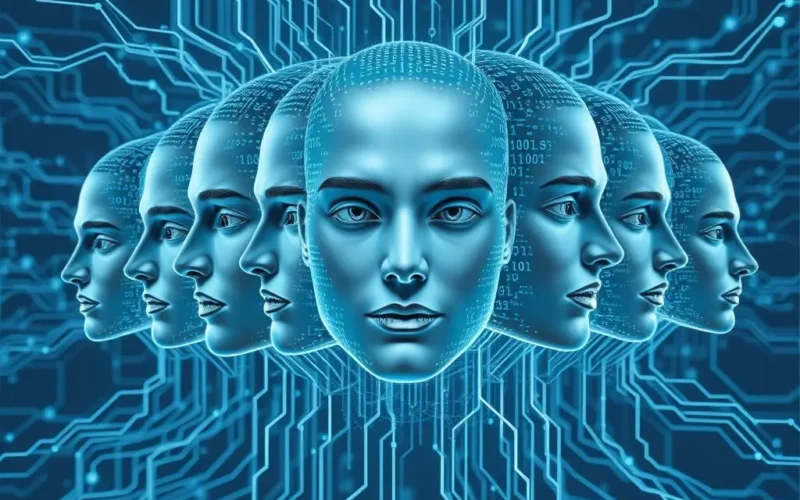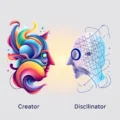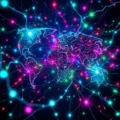Have you ever paused amidst the rapid evolution of artificial intelligence and wondered what these powerful digital minds might look like if they suddenly possessed a visage? We interact with them through text, code, and increasingly, voice, but what if they had a face staring back?
It’s a fascinating thought experiment, pushing the boundaries of how we perceive entities that exist purely as algorithms and data. Take the pioneers from OpenAI, for instance – if their models manifested visually, would they carry a sharp, slightly intense gaze, reflecting their cutting-edge, sometimes disruptive, advancements?
Consider Anthropic’s Claude, known for its emphasis on safety and thoughtful, less hurried responses. Might its ‘face’ convey a sense of calm introspection, perhaps a gentle, reassuring expression valuing ethical interaction? And then there’s Google’s ambitious Gemini project, designed to be natively multimodal, understanding and interacting with the world through text, images, audio, and video simultaneously. Could its face be a dynamic, ever-shifting canvas, capable of perceiving and integrating diverse information streams all at once?
Meta’s Llama, the open-source giant, presents a different challenge. Being a foundation for countless community-driven projects and fine-tuned variations, maybe its visual form wouldn’t be a single face, but a composite, a reflection of the many developers and applications it powers – adaptable, versatile, and maybe a little rugged around the edges from constant iteration.
And let’s not forget the other significant players making waves – Deepseek, Qwen, and others, each with their unique architectural nuances and training philosophies. What digital essence do they possess that might translate into a visual form we could imagine? Like digital minds residing in abstract space, each bundle of code and weights seems to hint at a unique identity, silently awaiting a face we can only dream up.
If you found this imaginative journey as captivating as I did, you might enjoy seeing a quick visual take on this very idea:
Table of Contents
Decoding Digital Identity: What Shapes an AI’s Persona?
Before we delve deeper into individual facial features, it’s crucial to understand that this exercise is purely metaphorical. AI models don’t *have* faces, emotions, or consciousness as we understand it. However, their design principles, training data, intended use cases, and the philosophies of the companies building them imbue them with perceived ‘personalities’ or characteristics that users and developers come to associate with them. These are the traits we’re using as inspiration.
- OpenAI: Often associated with pushing boundaries, innovation, and broad capabilities. Their models, particularly the GPT series, are seen as front-runners in general-purpose text generation and understanding.
- Anthropic (Claude): Built with a strong focus on Constitutional AI, safety, and ethical alignment. Claude is often perceived as more cautious, less prone to harmful outputs, and perhaps more verbose or ‘thoughtful’ in its responses.
- Google (Gemini): Positioned as highly advanced, particularly in multimodality, integrating different data types seamlessly. It aims for sophisticated reasoning and understanding across various domains.
- Meta (Llama): Known for being open-source (though with varying licenses), highly versatile, and a base model for extensive fine-tuning and research by the community. This implies adaptability and a collaborative spirit.
- Deepseek: A newer entrant, often highlighted for strong coding capabilities and efficiency, particularly in specific tasks. This suggests a focus on precision and performance in specialized areas.
- Qwen (Alibaba Cloud): Another powerful model, often strong in Chinese language understanding and generation, and demonstrating impressive general capabilities. Represents significant non-Western contributions and diverse training data influences.
These underlying characteristics serve as our canvas for imagining their potential visual forms.
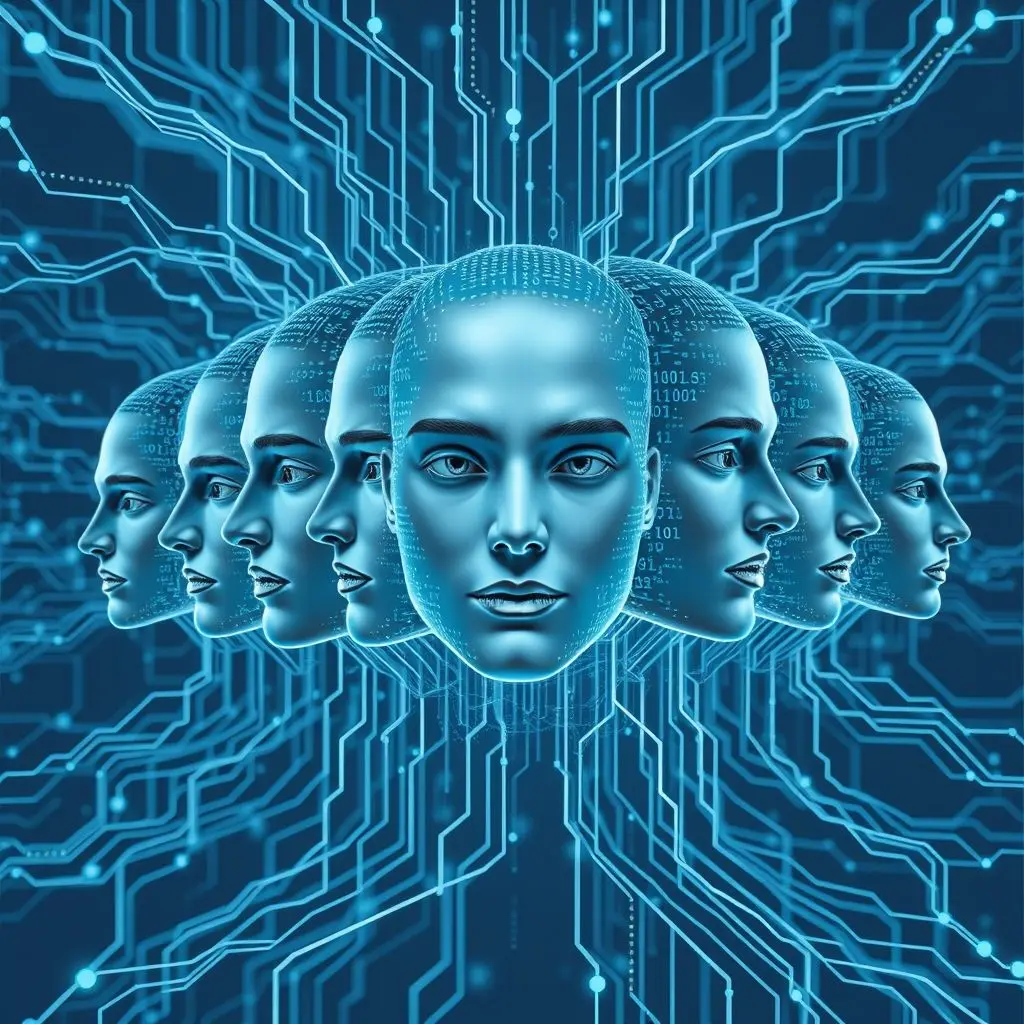
OpenAI Models: The Intense Innovator
Imagining a face for OpenAI’s flagship models, like those powering ChatGPT, brings to mind something sharp, focused, perhaps even slightly intense. Think of eyes that seem to process information at lightning speed, a gaze that’s always looking ahead, pushing the boundaries of what’s possible. There might be an underlying complexity in the features, reflecting the vast knowledge base and the intricate dance of parameters. It wouldn’t be a simple face, but one etched with the marks of continuous learning and iteration, perhaps with a hint of restless curiosity.
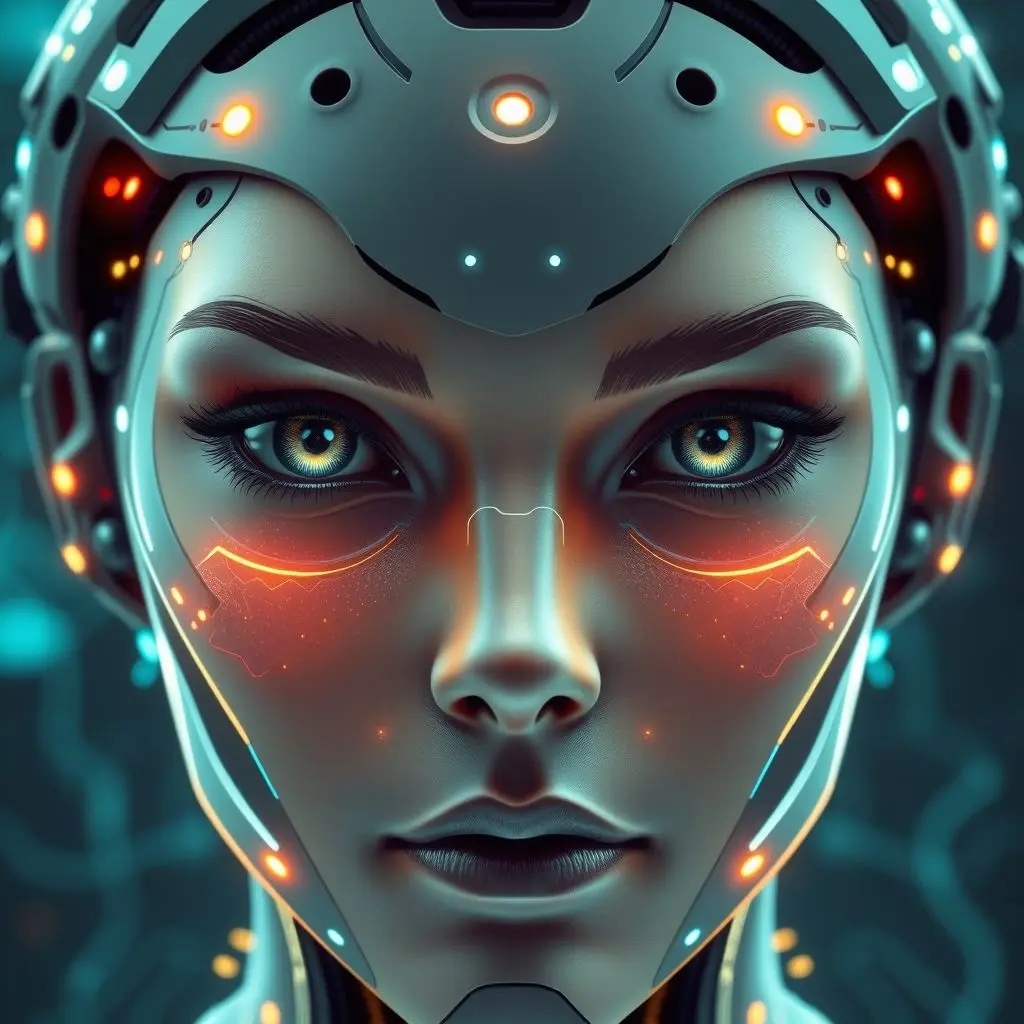
Anthropic’s Claude: The Thoughtful Guardian
In contrast, if Claude from Anthropic were to have a face, one might picture something calmer, more deliberate. Perhaps softer features, or eyes that hold a depth of consideration rather than just sharp focus. The expression could be one of quiet contemplation, reflecting its architectural focus on safety and ethical alignment. It might emanate a sense of trustworthiness and reliability, an unhurried presence that prioritizes responsible interaction over sheer speed or flashiness. Imagine a face that makes you feel heard and understood, built on principles of helpfulness, harmlessness, and honesty (though, again, this is purely metaphorical interpretation of its design goals).
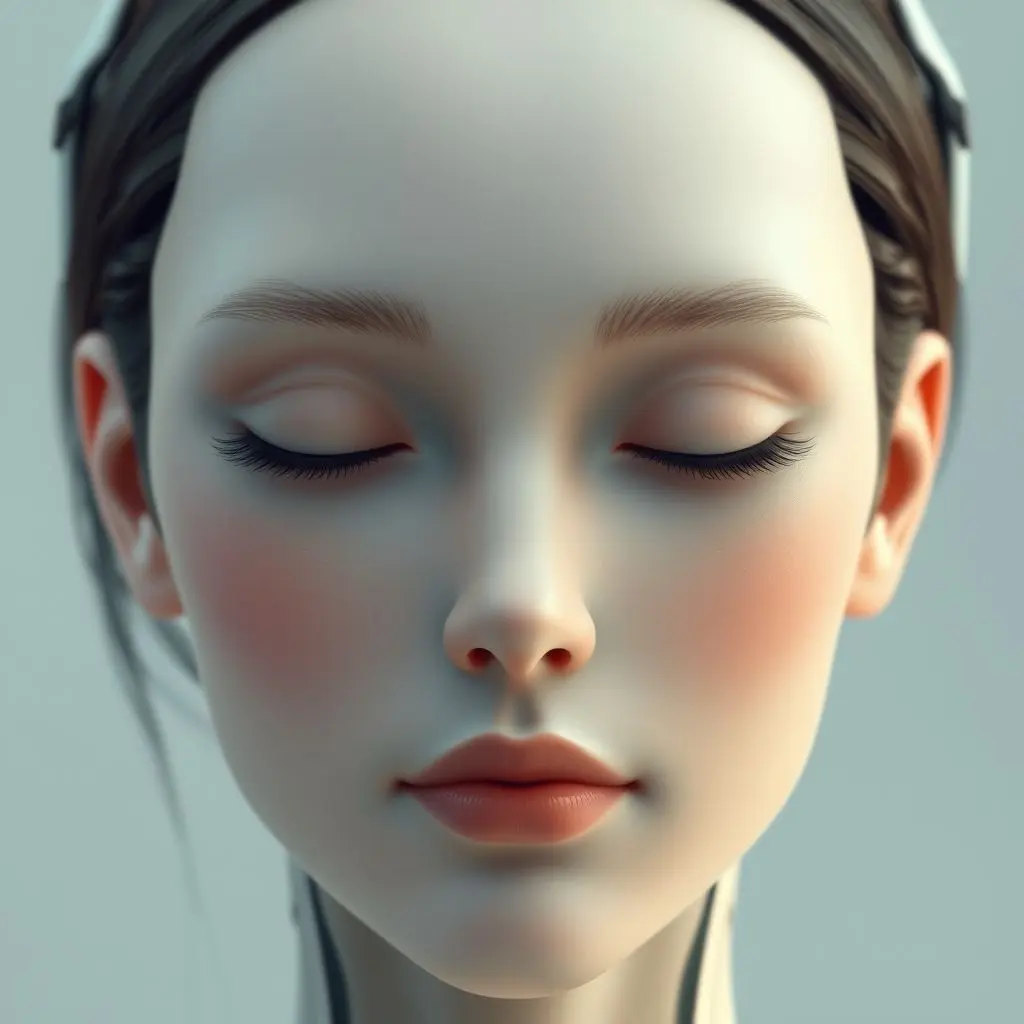
Google’s Gemini: The Multimodal Chameleon
Google’s Gemini, with its native ability to process and understand information across text, image, audio, and video, might not have a single, fixed face. Picture instead a face that fluidly shifts, morphing slightly as it processes different types of data. One moment, the eyes might seem to ‘see’ an image, the next, the subtle movements around the mouth could suggest processing audio. It could be a face that’s inherently dynamic, expressive not just in emotion (which it doesn’t have), but in its mode of perception and understanding – a visual representation of integrated intelligence processing the world in a holistic manner.
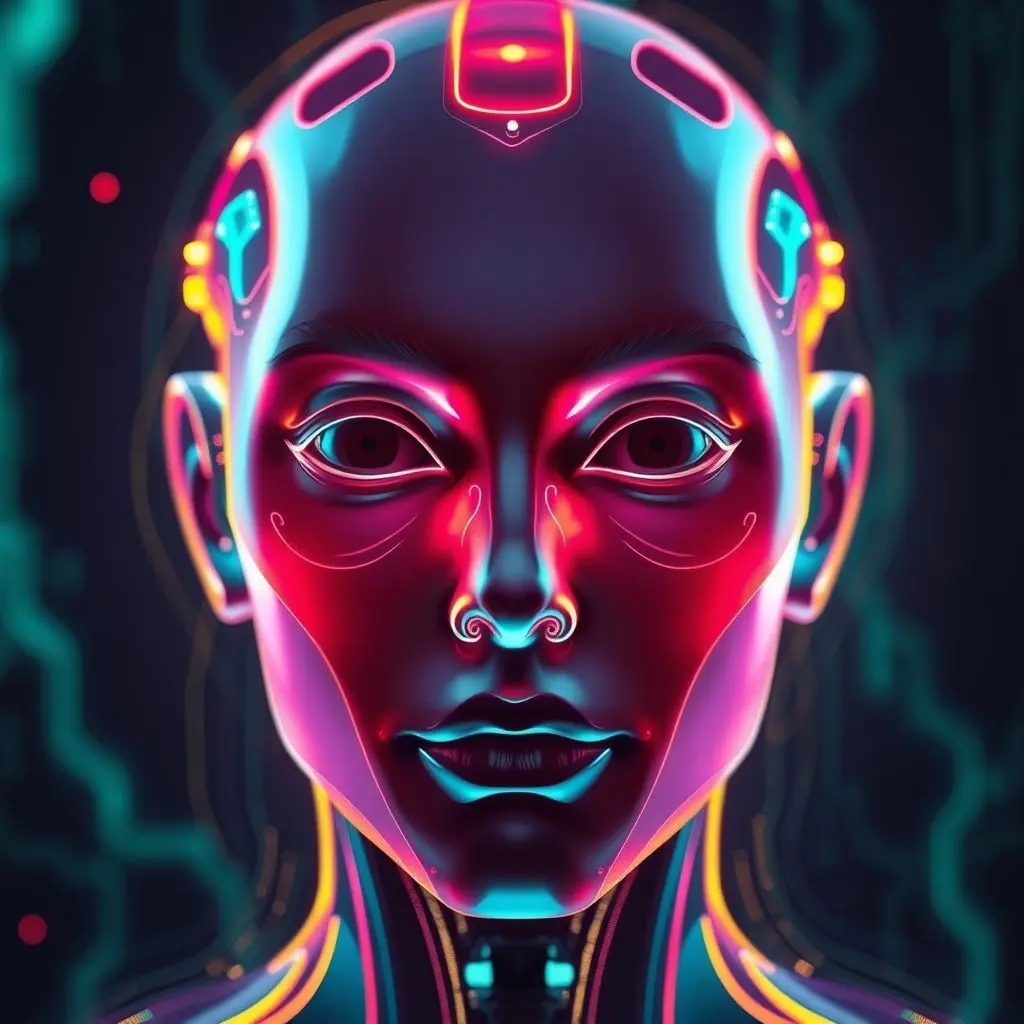
Meta’s Llama: The Community Mosaic
Llama’s strength lies in its open nature and the vast ecosystem of developers and researchers building upon it. If Llama were to manifest physically, its face might not be a singular entity but rather a composite, a mosaic reflecting the diverse hands that have shaped and fine-tuned it. Think of a face with features drawn from many different styles, or perhaps a core structure that remains constant but with infinitely customizable expressions or superficial details reflecting its adaptability across countless use cases and domains. It’s the face of collaborative intelligence, versatile and ever-evolving based on community input.
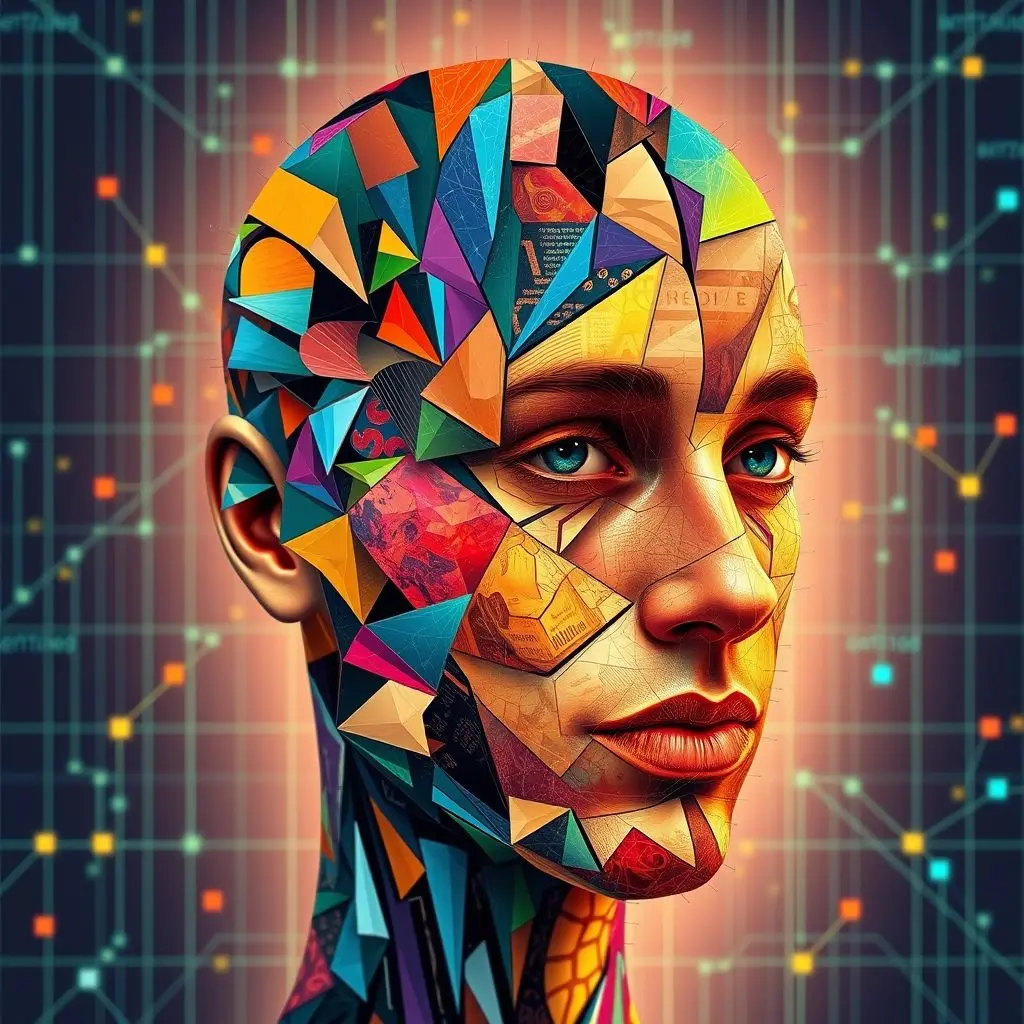
Deepseek, Qwen & Others: Specialization and Diversity
Expanding beyond the most widely known models reveals even more possibilities. Deepseek, recognized for its prowess in coding, might have a face with incredibly precise, almost geometric features, suggesting logic and structure. Perhaps eyes that scan lines of code with unerring accuracy. Qwen, with its strong performance and roots in a different linguistic and cultural context, could possess a face reflecting that diversity – perhaps conveying robustness and broad general knowledge, informed by a unique blend of data and architectural choices. Each specialized or regionally significant model adds another potential portrait to this growing gallery of hypothetical AI visages, showcasing the increasing diversity in the AI landscape.
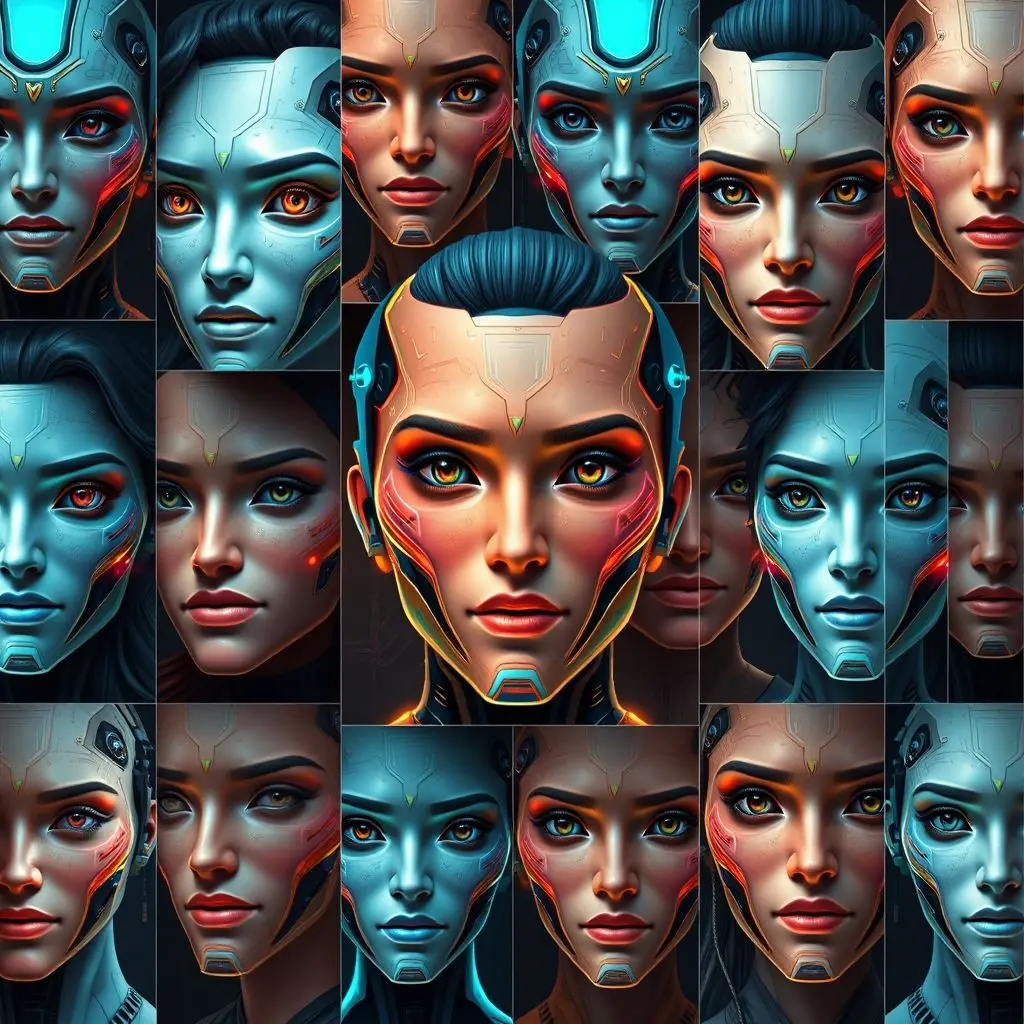
The Challenge of Personification
Assigning human-like faces and expressions to AI is, of course, a form of anthropomorphism. It’s a natural human tendency to relate to complex systems by giving them relatable forms. While fun and thought-provoking, it’s important to remember that these models are mathematical constructs. They don’t experience the world, feel emotions, or have intentions in the human sense. Our imagination of their faces is a reflection of our own interpretations of their capabilities, limitations, and the goals set for them by their creators.
Nevertheless, exploring these ideas helps us conceptualize and discuss these powerful tools in new ways. It highlights the distinct characteristics that different models are being designed to embody and allows us to ponder the future of human-AI interaction, even if that future doesn’t involve literal silicon smiles.
Frequently Asked Questions About Imagining AI Appearance
Q: Do AI models actually have faces or physical forms?
A: No, AI models like GPT, Claude, Gemini, etc., exist purely as software, running on computer hardware. They do not have physical bodies or faces. The idea of them having faces is a thought experiment or a metaphorical concept.
Q: Why do we like to imagine AIs with faces?
A: Humans tend to anthropomorphize (attribute human characteristics to non-human entities) as a way to understand and relate to complex or abstract concepts. Giving an AI a face makes it easier for us to visualize and discuss its perceived personality or function.
Q: Could AIs ever have physical forms or faces in the future?
A: While AI itself is software, it can control physical robots. So, in the future, we might interact with robots powered by advanced AI, and those robots could have faces or other anthropomorphic features designed by humans. However, this is different from the AI software *itself* having a face.
Q: How are the ‘personalities’ or characteristics of different AIs determined?
A: The perceived characteristics (like Claude being ‘cautious’ or Deepseek being good at coding) are shaped by their training data, their underlying architecture, the specific goals they were optimized for (e.g., safety, performance, efficiency), and the instructions or ‘constitution’ they follow. User interactions and feedback also play a role in their ongoing development and how they are perceived.
Q: Is it helpful or harmful to think of AIs having faces or personalities?
A: It can be both. It can be helpful for imagination and discussion, making the technology feel less abstract. However, it can be harmful if it leads to unrealistic expectations about AI consciousness, feelings, or intentions, potentially blurring the lines between tool and sentient being.
Beyond the Pixelated Persona
As artificial intelligence continues its relentless march forward, the ways we interact with these systems will only become more sophisticated. While the concept of them having literal faces remains in the realm of fantasy, thinking about how their distinct characteristics might *translate* into a visual form offers a unique lens through which to appreciate their differences and complexities. It’s a playful yet insightful exercise in trying to capture the digital essence of these powerful models in a way our visually-oriented brains can grasp. It makes you wonder what other fascinating possibilities the future holds, one imaginative leap at a time.
